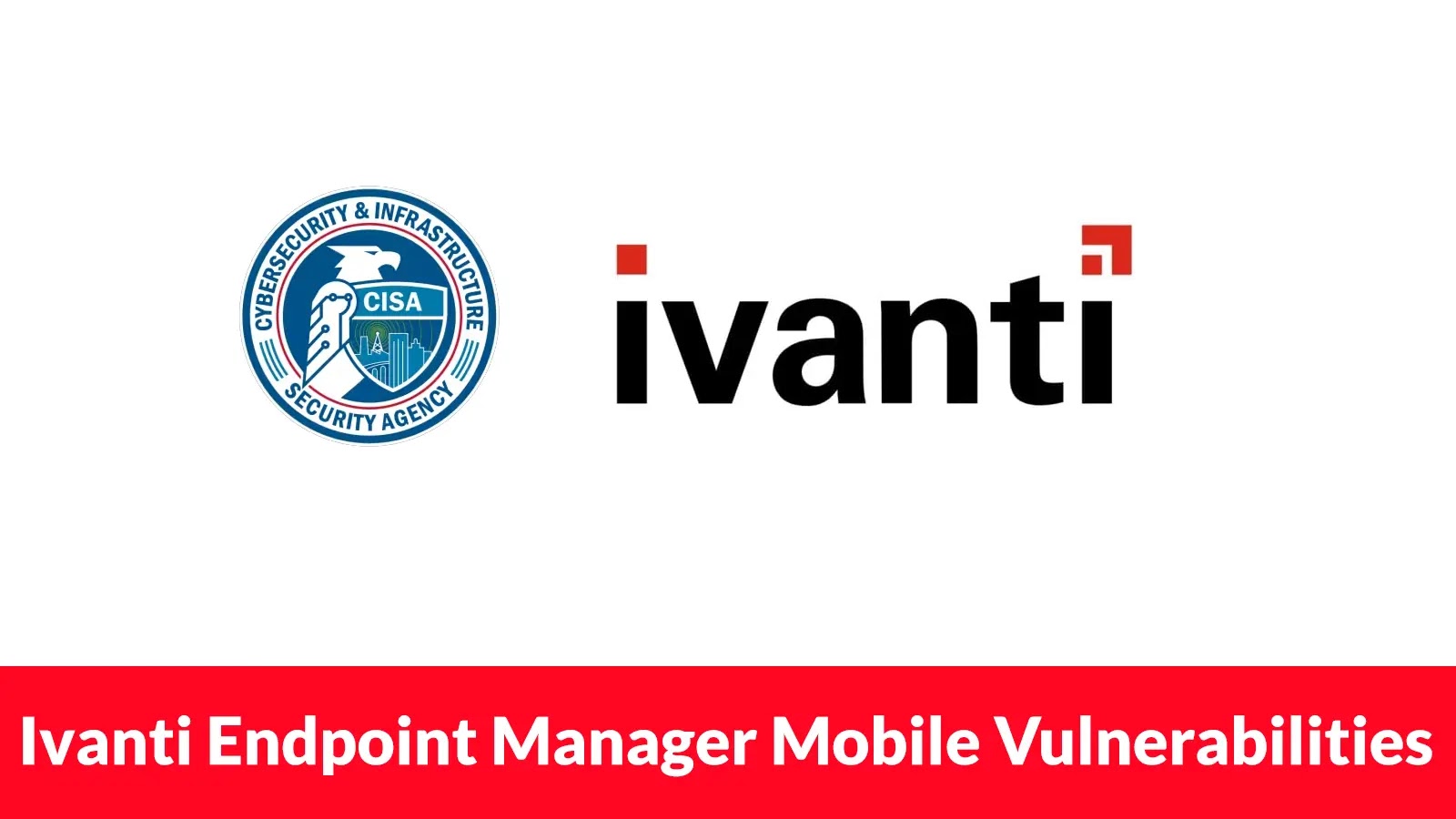In the rapidly evolving IT landscape of 2025, system administrators (SysAdmins) play a pivotal role in ensuring organizational efficiency and security. The right tools can streamline workflows, enhance monitoring capabilities, automate routine tasks, and bolster security measures. This comprehensive guide explores the top 11 SysAdmin tools for 2025, detailing their specifications, benefits, and standout features to assist you in selecting the best solutions for your IT infrastructure.
1. SolarWinds Network Performance Monitor
SolarWinds Network Performance Monitor (NPM) is a premier network monitoring tool renowned for its deep visibility into network health and performance. It enables SysAdmins to proactively identify and resolve issues, preventing potential disruptions.
Specifications:
– Supported OS: Windows
– Deployment: On-premises
– Licensing: Commercial
– Integration: SNMP, NetFlow, WMI, VMware
Reasons to Choose:
– Comprehensive network monitoring suitable for various environments
– Customizable alerts and dashboards tailored to organizational needs
– Scalable from small businesses to large enterprises
– Strong community and vendor support
Key Features:
– Automated network discovery and mapping
– Intelligent alerting and reporting mechanisms
– Performance baselining and forecasting
– Seamless integration with other SolarWinds IT management tools
Ideal For: Enterprise-grade network monitoring and troubleshooting
2. ManageEngine OpManager
ManageEngine OpManager is a versatile network and infrastructure monitoring platform offering real-time monitoring, automated workflows, and detailed reporting, making it suitable for organizations of all sizes.
Specifications:
– Supported OS: Windows, Linux
– Deployment: On-premises
– Licensing: Freemium (limited free version), Commercial
– Integration: SNMP, WMI, VMware, Hyper-V
Reasons to Choose:
– Real-time monitoring of network devices, servers, and applications
– Automated workflows for routine tasks
– Customizable dashboards and reports
– Support for both physical and virtual environments
Key Features:
– Network mapping and visualization
– Threshold-based alerts and notifications
– Bandwidth and traffic analysis
– Integration with ITSM tools
Ideal For: Comprehensive network and server monitoring
3. Nagios XI
Nagios XI is a robust IT infrastructure monitoring solution that provides comprehensive monitoring of network services, host resources, and system metrics.
Specifications:
– Supported OS: Windows, Linux
– Deployment: On-premises
– Licensing: Open-source (free), Commercial
– Integration: SNMP, NRPE, APIs
Reasons to Choose:
– Extensive monitoring capabilities for networks, servers, and applications
– Customizable dashboards and reporting
– Strong community support and plugin ecosystem
– Scalable for large environments
Key Features:
– Real-time monitoring and alerting
– Performance graphing and capacity planning
– Multi-user access with role-based permissions
– Integration with third-party applications
Ideal For: Comprehensive IT infrastructure monitoring
4. Zabbix
Zabbix is an open-source monitoring solution that offers real-time monitoring of networks, servers, applications, and cloud services.
Specifications:
– Supported OS: Windows, Linux, Mac
– Deployment: On-premises
– Licensing: Open-source (free)
– Integration: SNMP, IPMI, JMX, APIs
Reasons to Choose:
– Free and open-source with a strong community
– Scalable for large environments
– Flexible and customizable monitoring
– Support for a wide range of devices and platforms
Key Features:
– Real-time monitoring and alerting
– Data visualization with graphs and maps
– Automated discovery of network devices
– Integration with various notification channels
Ideal For: Scalable and flexible monitoring solutions
5. Paessler PRTG Network Monitor
Paessler PRTG Network Monitor is an all-in-one monitoring solution that provides real-time insights into network performance and health.
Specifications:
– Supported OS: Windows
– Deployment: On-premises
– Licensing: Freemium (limited free version), Commercial
– Integration: SNMP, WMI, NetFlow, sFlow
Reasons to Choose:
– User-friendly interface with customizable dashboards
– Comprehensive monitoring of network devices, servers, and applications
– Scalable for networks of all sizes
– Flexible alerting and notification system
Key Features:
– Auto-discovery of network devices
– Bandwidth monitoring and traffic analysis
– Customizable reports and maps
– Integration with third-party tools via APIs
Ideal For: Comprehensive and user-friendly network monitoring
6. Ansible
Ansible is an open-source automation tool that simplifies IT orchestration, configuration management, and application deployment.
Specifications:
– Supported OS: Windows, Linux, Mac
– Deployment: On-premises
– Licensing: Open-source (free), Commercial (Ansible Tower)
– Integration: Cloud providers, DevOps tools, APIs
Reasons to Choose:
– Agentless architecture for easy deployment
– Declarative language for defining system configurations
– Scalable automation for complex environments
– Strong community support and extensive module library
Key Features:
– Infrastructure as code for consistent management
– Automated provisioning and configuration
– Role-based access control and auditing
– Integration with CI/CD pipelines
Ideal For: IT automation and configuration management
7. Puppet
Puppet is a robust automation platform designed for managing infrastructure as code, enabling SysAdmins to automate repetitive tasks, enforce compliance, and streamline deployments.
Specifications:
– Supported OS: Windows, Linux, Mac
– Deployment: On-premises, Cloud
– Licensing: Open-source (free), Commercial (Puppet Enterprise)
– Integration: Cloud providers, DevOps tools, APIs
Reasons to Choose:
– Infrastructure as code for consistent management
– Scalable automation for large environments
– Rich module ecosystem
– Enterprise-grade compliance and reporting
Key Features:
– Declarative configuration language
– Automated provisioning and enforcement
– Role-based access and auditing
– Integration with CI/CD pipelines
Ideal For: Scalable infrastructure automation and compliance
8. Splunk
Splunk is a powerful platform for searching, monitoring, and analyzing machine-generated data, excelling in log management, security analytics, and operational intelligence.
Specifications:
– Supported OS: Windows, Linux, Mac
– Deployment: On-premises, Cloud
– Licensing: Freemium (limited free version), Commercial
– Integration: APIs, cloud services, SIEM tools
Reasons to Choose:
– Powerful log management and analytics
– Real-time monitoring and alerting
– Scalable for large data volumes
– Extensive app and integration ecosystem
Key Features:
– Advanced search and visualization
– Machine learning for anomaly detection
– Security and compliance analytics
– Custom dashboards and reports
Ideal For: Log management and security analytics
9. Wireshark
Wireshark is the world’s most popular network protocol analyzer, trusted by SysAdmins and security professionals alike for deep packet inspection and analysis.
Specifications:
– Supported OS: Windows, Linux, Mac
– Deployment: On-premises
– Licensing: Open-source (free)
– Integration: PCAP, various export formats
Reasons to Choose:
– Industry-standard for network analysis
– Supports hundreds of protocols
– Real-time capture and analysis
– Free and open-source
Key Features:
– Deep packet inspection and filtering
– Customizable views and export options
– Protocol decoding and analysis
– Active user community
Ideal For: Network troubleshooting and protocol analysis
10. Netwrix Auditor
Netwrix Auditor is a visibility and governance platform that enables control over changes, configurations, and access in hybrid IT environments.
Specifications:
– Supported OS: Windows, Linux
– Deployment: On-premises, Cloud
– Licensing: Commercial
– Integration: Active Directory, Exchange, Office 365, SQL Server
Reasons to Choose:
– Comprehensive auditing of IT infrastructure
– Real-time alerts on critical changes
– Detailed reporting for compliance
– User behavior analysis
Key Features:
– Audit trail of changes and access events
– Risk assessment and mitigation
– Compliance reporting templates
– Integration with SIEM solutions
Ideal For: IT auditing and compliance management
11. Chef
Chef is an automation platform that transforms infrastructure into code, allowing SysAdmins to automate the management of systems and applications.
Specifications:
– Supported OS: Windows, Linux, Mac
– Deployment: On-premises, Cloud
– Licensing: Open-source (free), Commercial (Chef Automate)
– Integration: Cloud providers, DevOps tools, APIs
Reasons to Choose:
– Infrastructure as code for consistent management
– Scalable automation for complex environments
– Strong community and extensive cookbook library
– Integration with cloud platforms
Key Features:
– Declarative configuration management
– Automated provisioning and deployment
– Compliance as code
– Integration with CI/CD pipelines
Ideal For: Infrastructure automation and configuration management
Conclusion
Selecting the appropriate SysAdmin tools is crucial for maintaining a secure, efficient, and high-performing IT infrastructure. The tools highlighted above offer a range of functionalities tailored to various organizational needs, from network monitoring and automation to security analytics and compliance management. By integrating these tools into your daily operations, you can enhance service delivery, reduce downtime, and ensure your IT environment is resilient and future-ready.



